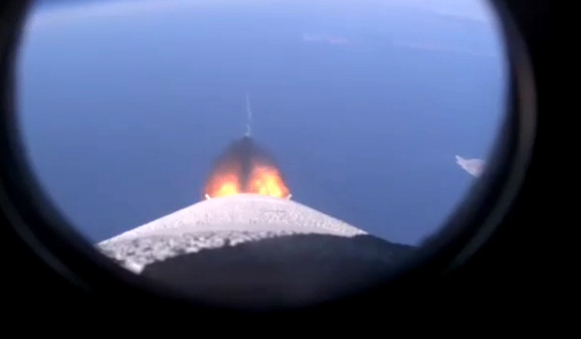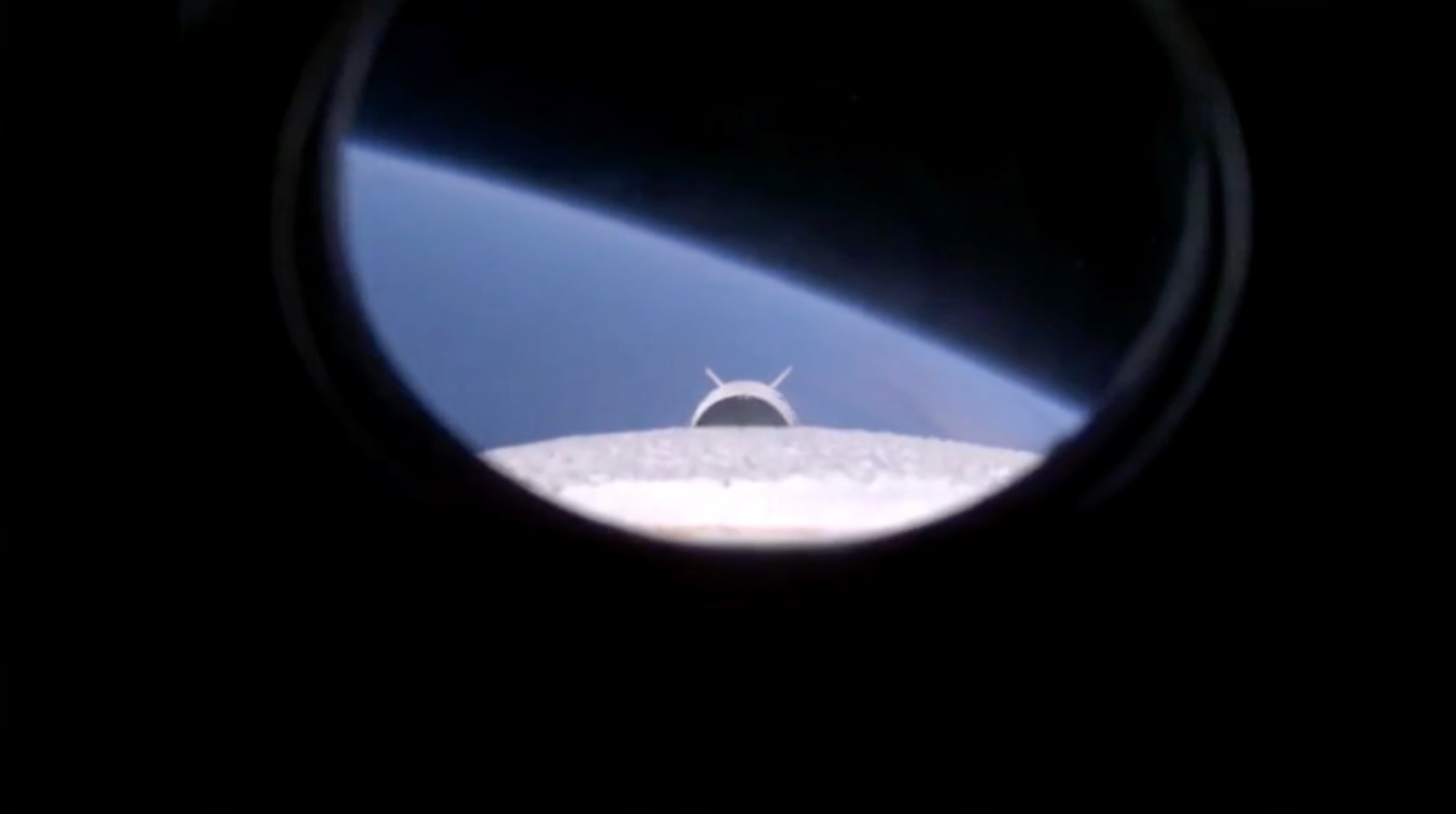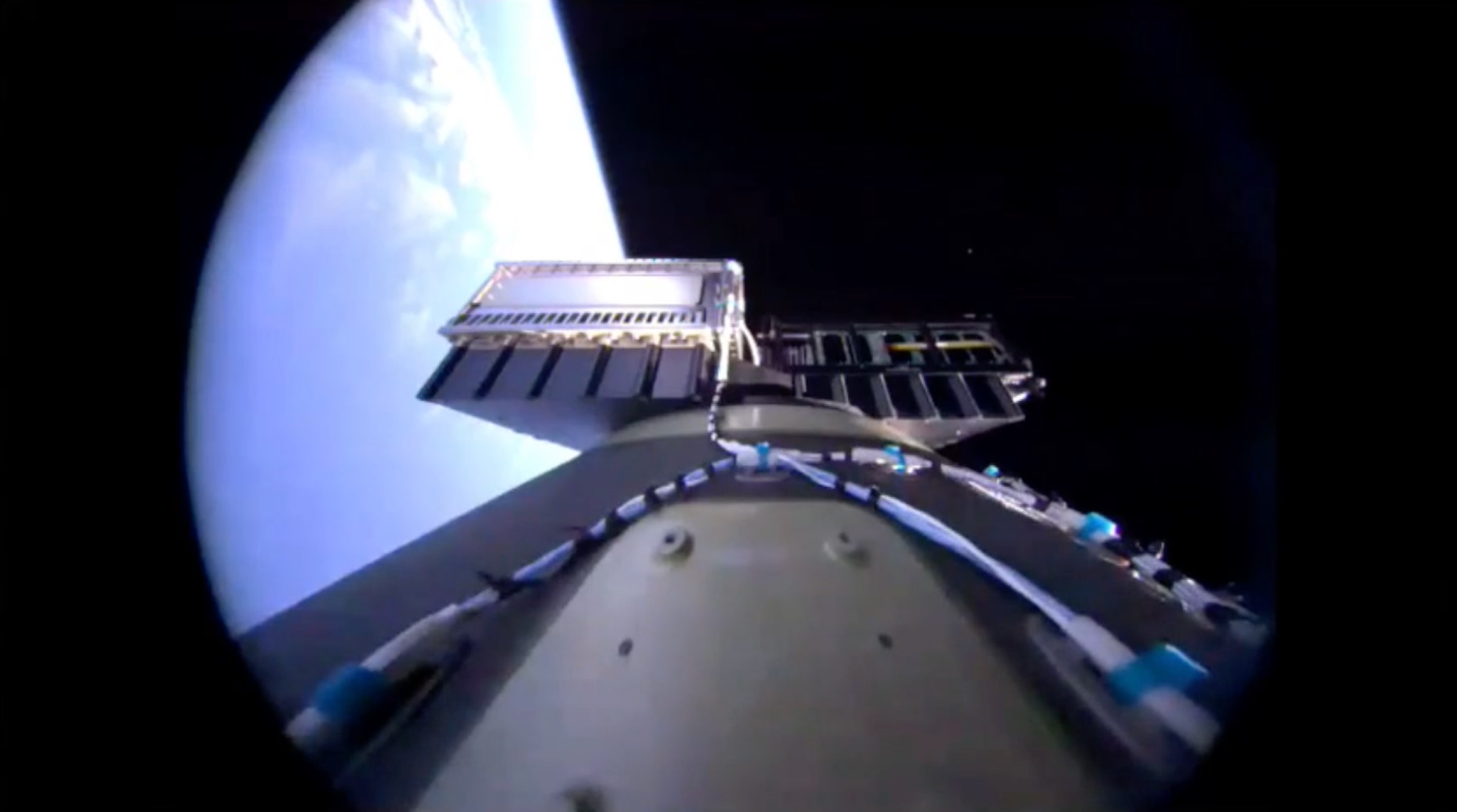
Virgin Orbit attempted its second demonstration launch on Sunday after their first attempt failed shortly after the first stage ignition last year. This time around they didn’t just launch a mass simulator but actual payloads from NASA’s Educational Launch of Nanosatellites program ElaNa 20 which contained several CubeSats from universities across the nation.
Virgin Orbit sends their LauncherOne rocket to space a little differently from other launch providers. Instead of having a launch pad on the ground, Virgin Orbit attaches their rocket under one of the wings of a Boeing 747-400 airplane named Cosmic Girl and ignites it shortly after dropping it over the Pacific Ocean. In theory, this method could work from anywhere in the world.
Air launch vehicles are not common in the industry. One of the most famous is the Pegasus launcher operated by Northrop Grumman. It primarily launches payloads for NASA and the Department of Defense and is dropped from the final operating Lockheed L-1011 TriStar aircraft named Stargazer.
Pegasus launched 44 times with its last launch of NASA’s ICON mission back in 2019. It’s unsure if they will get any more contracts, but the revival of air-launch vehicles with LauncherOne and the growth of smallsats needing a ride to space brings hope in both programs.
Demo 2’s launch timeline
Normally for a launch timeline, we see just a T- (T Minus) or an L- (L Minus) countdown, both of which usually countdown to either liftoff or engine ignition. Virgin Orbit has a T- and D- (D Minus) countdown. T refers to the takeoff of the carrier aircraft (Cosmic Girl) and D refers to when LauncherOne is dropped from the aircraft.

Cosmic Girl took off from the Mojave Air and Space Port in California at approximately 1:40 p.m. EST, then headed toward the Pacific Ocean where it began flying in a “racetrack” pattern to match up with the right orientation for satellite orbit.
At approximately 2:39 p.m. EST, Cosmic Girl pitched up and released the LauncherOne rocket. A few seconds later, LaucherOne’s first stage powered by a NewtonThree engine ignited and propelled the rocket into space. From this point on, the flight timeline is similar to any other launch.
The first stage burns for about three minutes before it is cut off and the second stage takes over. The second stage boosted the payloads into an elliptical orbit where it shutdown then reignited to circulate the orbit into its final position and released the 10 CubeSats.
“A new gateway to space has just sprung open! That LauncherOne was able to successfully reach orbit today is a testament to this team’s talent, precision, drive, and ingenuity. Even in the face of a global pandemic, we’ve maintained a laser focus on fully demonstrating every element of this revolutionary launch system. That effort paid off today with a beautifully executed mission, and we couldn’t be happier.”
Dan Hart, CEO or Virgin Orbit
The success in this mission opens the door to future customers looking for a dedicated ride into space for their CubeSats. While it is estimated to cost almost twice as much as its leading competitor Rocket Lab’s Electron, it is a much more capable rocket and offers the benefits of air-launch like being able to use facilities at multiple airports and quicker launch-on-demand capabilities.
Leaked stream
This launch, the previous launch attempt, and other flight tests were not publicly streamed. Instead, Virgin Orbit offered live Twitter updates. There was an internal stream, however, that eventually got leaked to the public.
It’s unsure if this was just for internal personnel or a practice stream for future missions, but from what we were able to see of it, Virgin Orbit has raised the bar of launch streams. This is especially true for live on-screen telemetry, detailed graphics, and use of engineers as on-screen talent, which allows for much more detailed explanations that are not read from a script.
We hope for the next mission, Virgin Orbit decides to produce the stream publicly since they are leaps and bounds ahead of other launch providers already based on their internal stream.

Enjoy reading Space Explored?
Help others find us by following on Apple News and Google News. Be sure to check us out on YouTube, Twitter, Facebook, and Instagram, join our Discord!
FTC: We use income earning auto affiliate links. More.







Comments